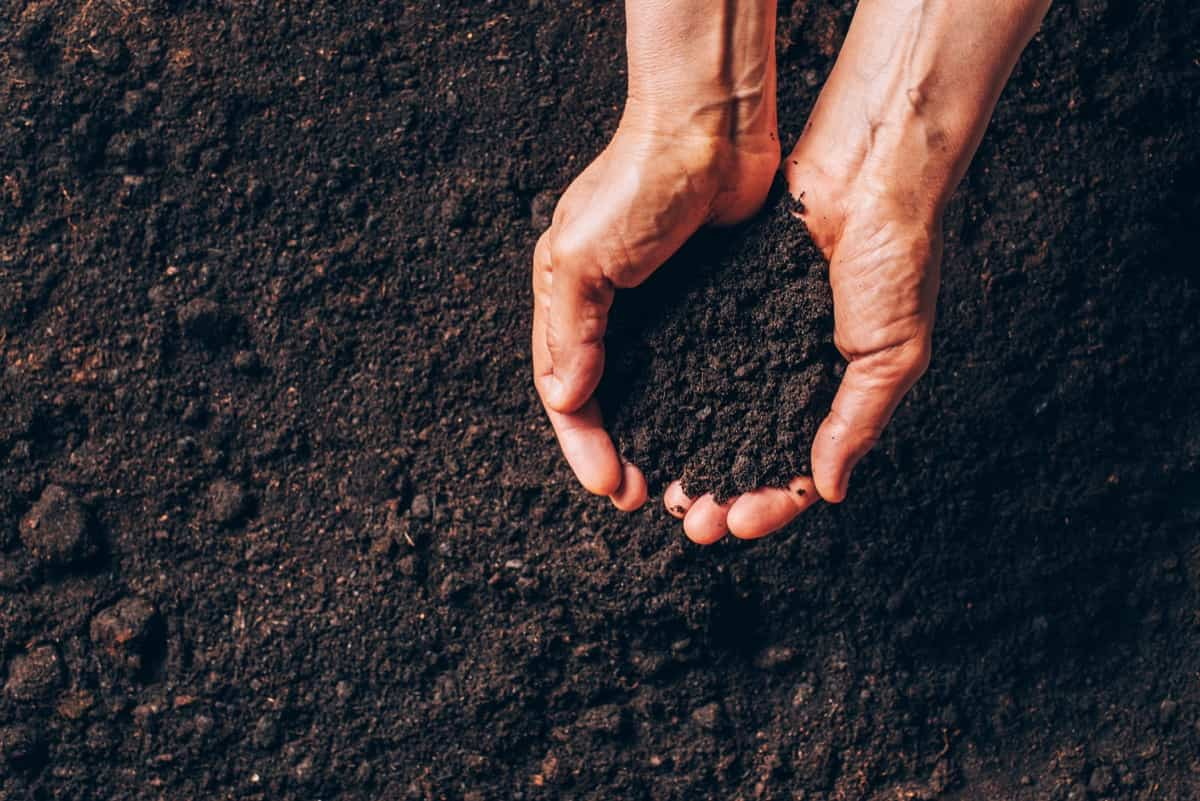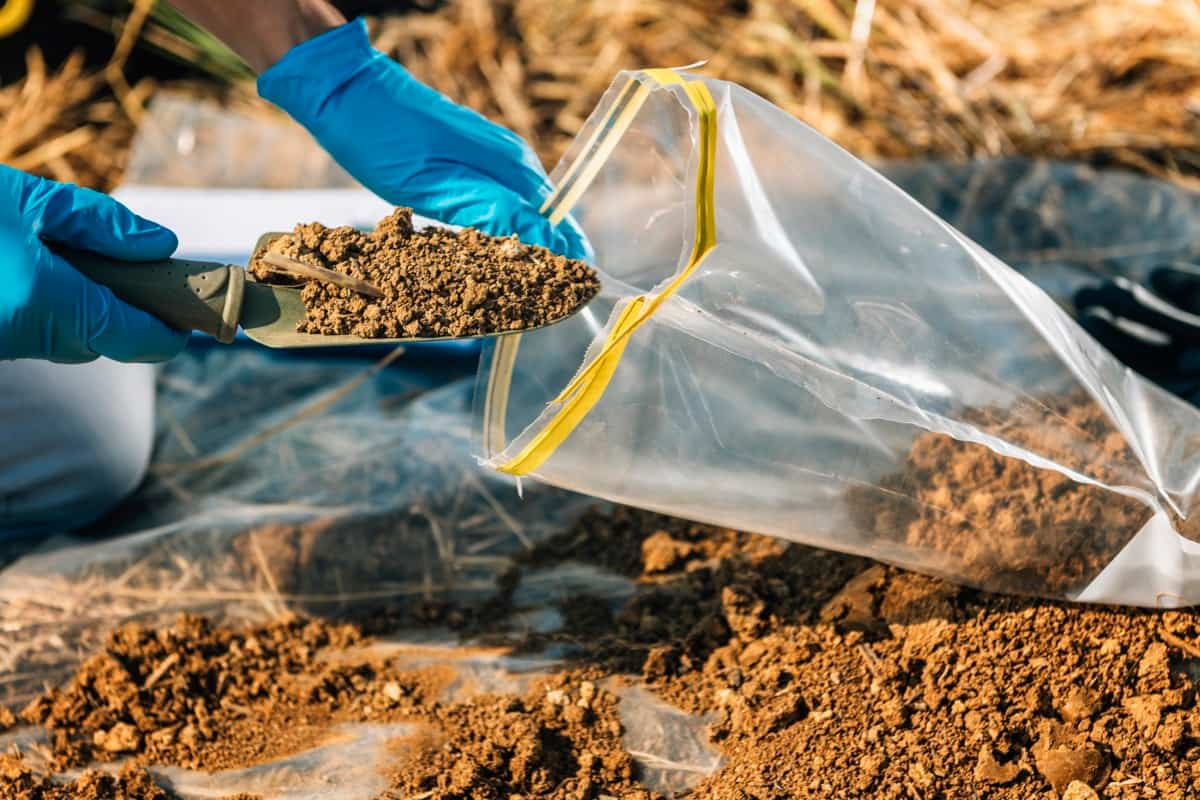In landscaping and gardening, understanding soil pH is crucial for the health and vitality of trees and shrubs. This article provides a concise yet comprehensive guide, offering optimal pH values for tree and shrub species. By exploring these recommended trees and shrubs’ garden soil pH levels, gardeners can ensure their green companions thrive, fostering a vibrant and harmonious outdoor environment. Whether you’re a seasoned horticulturist or a budding enthusiast, this pH chart is an invaluable resource for nurturing a lush and flourishing trees and shrubs garden.

Importance of Soil pH for Trees and Shrubs Growth
Soil pH is fundamental to trees’ and shrubs’ growth and overall health. It refers to the acidity or alkalinity of the soil and is vital in nutrient availability, microbial activity, and root development.
The importance of maintaining the right pH level lies in nutrient uptake. Different trees and shrubs have specific pH preferences for optimal nutrient absorption. Acid-loving plants like azaleas and blueberries thrive in acidic soils while alkaline-loving species like boxwood prefer higher pH levels. A mismatch in your trees and shrubs’ garden soil pH can lead to nutrient deficiencies or toxicities, stunting growth and causing various health issues.
Moreover, soil pH affects the activity of beneficial soil microbes, which play a vital role in organic matter’s breaking down and making nutrients available to plants. An imbalanced pH can disrupt this delicate ecosystem, hindering nutrient cycling.
Optimal Soil pH Levels for Different Trees and Shrubs Crops with Chart: Trees And Shrubs Garden Soil pH Level Chart
| Tree/Shrub Species | Optimal Soil pH Range |
| Azalea | 4.5 – 6.0 |
| Blueberry | 4.5 – 5.5 |
| Boxwood | 6.0 – 7.5 |
| Oak | 6.0 – 7.0 |
| Pine | 5.0 – 6.5 |
| Rhododendron | 4.5 – 6.0 |
| Dogwood | 5.5 – 6.5 |
| Hydrangea | 5.5 – 6.5 |
| Maple | 6.0 – 7.5 |
| Spruce | 5.0 – 7.0 |
| Juniper | 6.0 – 7.0 |
| Holly | 5.0 – 6.5 |
| Cherry | 6.0 – 7.0 |
| Cedar | 6.0 – 7.0 |
These pH recommendations are general guidelines and may vary slightly based on specific cultivars and local soil conditions. Understanding and adjusting soil pH is crucial for optimizing nutrient availability and minimizing stress on trees and shrubs.
Your trees and shrubs garden soil pH can be adjusted by adding lime to raise pH or sulfur to lower it. Regular soil testing ensures trees and shrubs thrive in the right pH conditions. By paying attention to these pH preferences, gardeners can foster robust, vibrant landscapes and ensure their trees and shrubs reach their full potential.
In case you missed it: Vegetable Garden Soil pH Chart: Optimal Values for Different Vegetables

Acidic Soil vs. Alkaline Soil: Implications for Trees and Shrubs Cultivation
The pH of the soil, whether acidic or alkaline, has significant implications for trees and shrub cultivation. Acidic soil, with a pH below 7, can limit nutrient availability. Acid-loving plants like azaleas and blueberries thrive in this environment, as lower pH enhances the solubility of essential nutrients like iron and manganese. However, extremely acidic soils can become toxic, hampering growth.
Conversely, alkaline soil with a pH above 7 can reduce the accessibility of certain nutrients, particularly iron and phosphorus. Trees like boxwoods and junipers prefer slightly alkaline conditions. High pH can lead to nutrient deficiencies, causing yellowing of leaves and stunted growth. Understanding soil pH’s role is paramount for successful cultivation, as it directly influences nutrient uptake and overall plant health.
Adjusting Soil pH for Successful Trees and Shrubs Gardening
Adjusting soil pH is a key aspect of successful trees and shrubs gardening. Different plant species thrive in specific pH ranges, and ensuring the soil matches their preferences is crucial for optimal growth. To modify soil pH, gardeners can add,
- How to Raise pH In Soil Fast: Lime for Raising pH: Add agricultural lime to make the soil less acidic (raise pH). This helps counteract acidity and provides essential nutrients.
- How to Lower pH In Soil: Sulfur for Lowering pH: Sulfur is an effective choice for making soil less alkaline (lower pH). It promotes acidification and is particularly useful for acid-loving plants.
- Regular Soil Testing: Conduct routine soil tests to monitor pH levels. This allows for timely soil pH adjustment and ensures the soil remains within the desired range. Balancing soil pH provides trees and shrubs with the right nutrient availability, promoting healthier and more vigorous growth, ultimately leading to a thriving and visually appealing garden.
Monitoring and Testing Soil pH in Trees and Shrubs Gardens
- Soil Testing: Regularly conduct soil tests using DIY kits or send samples to a local agricultural extension service. These tests provide accurate pH readings and valuable insights into nutrient levels.
- pH Meters: Invest in a soil pH meter for quick, on-the-spot measurements. These handheld devices are user-friendly and provide instant feedback.
- Collecting Soil Samples: When testing, gather samples from various locations in your garden to ensure a representative pH reading. Take samples from both the root zone and the surface.
- Seasonal Monitoring: Remember that soil pH can fluctuate seasonally, so monitor it periodically, especially if you’ve recently made soil pH adjustments.
In case you missed it: Flower Garden Soil pH Chart: Optimal Values for Different Flowers

Effects of Imbalanced Trees And Shrubs’ Garden Soil pH on Trees and Shrubs Plant Health and Productivity
- Nutrient Deficiencies or Toxicities: High or low pH can limit the availability of essential nutrients, leading to nutrient imbalances. This can cause stunted growth, yellowing leaves, and poor fruit or flower production.
- Microbial Activity: Soil pH influences beneficial microbial communities. An extreme pH disrupts this balance, affecting nutrient cycling and decomposition of organic matter.
- Root Development: Altered pH can impede root growth and development, reducing a plant’s ability to anchor itself and absorb water and nutrients effectively.
- Susceptibility to Pests and Diseases: Stressed plants, due to pH imbalances, are more vulnerable to pests and diseases, compromising overall plant health.
Remedies for Correcting High or Low Soil pH in Trees and Shrubs Beds
- Lime for High pH (Alkaline Soil): How to raise pH in soil fast? To raise pH, apply agricultural lime based on soil test recommendations. This helps neutralize acidity and provides essential nutrients.
- Sulfur for Low pH (Acidic Soil): How to lower pH in soil? Lower pH by adding elemental sulfur according to soil test results. This promotes acidification, making the soil more favorable for acid-loving plants.
- Organic Matter: Incorporate compost, well-rotted manure, or organic mulches to improve soil structure and enhance pH buffering capacity.
- Balanced Fertilization: Use fertilizers with pH-neutral formulations to minimize pH fluctuations.
Maintaining Optimal Soil pH for Long-Term Trees and Shrubs Crop Success
- Regular Testing: Conduct periodic soil tests to monitor pH levels and adjust as needed.
- Amendment Consistency: Following test recommendations, apply soil amendments like lime or sulfur judiciously to sustain the desired pH range.
- Organic Matter Enrichment: Incorporate compost and organic mulches to enhance soil structure and pH buffering capacity.
- Mulching: Apply organic mulch around trees and shrubs to regulate moisture levels and indirectly influence soil pH.
- Balanced Fertilization: Utilize balanced fertilizers to prevent pH extremes caused by nutrient imbalances.
In case you missed it: 10 Easy Steps to Start Indoor Gardening in Winter this Year

Conclusion
Understanding and managing soil pH is a fundamental step towards sustainable success in the world of trees and shrubs gardening. This pH chart, outlining optimal values for various plant species, is a crucial tool for gardeners. Maintaining the right pH ensures robust growth, vibrant foliage, and flourishing landscapes. With consistent care and attention to soil pH, your trees and shrubs’ beauty and health will endure for years.
- Feed Your Flock for Less: Top 10 Tips to Save on Chicken Feed
- Ultimate Guide to Ossabaw Island Hog: Breeding, Raising, Diet, and Care
- Hatching Answers: The Top 10 Reasons Your Chickens Aren’t Laying Eggs
- Eggs and Economics: Breaking Down the Cost of Raising Backyard Chickens
- Defend Your Greens: Proven Methods to Keep Iguanas Out of Your Garden
- Ultimate Guide to Cinnamon Queen Chicken: A Comprehensive Guide for Beginners
- Ultimate Guide to California Tan Chicken: Breeding, Raising, Diet, Egg-Production and Care
- Ultimate Guide to Marsh Daisy Chicken: Breeding, Raising, Diet, and Care
- 10 Types of Chicken Farming Businesses You Can Start for Profits